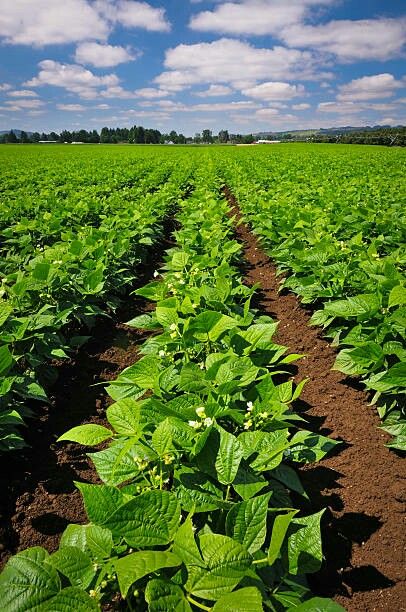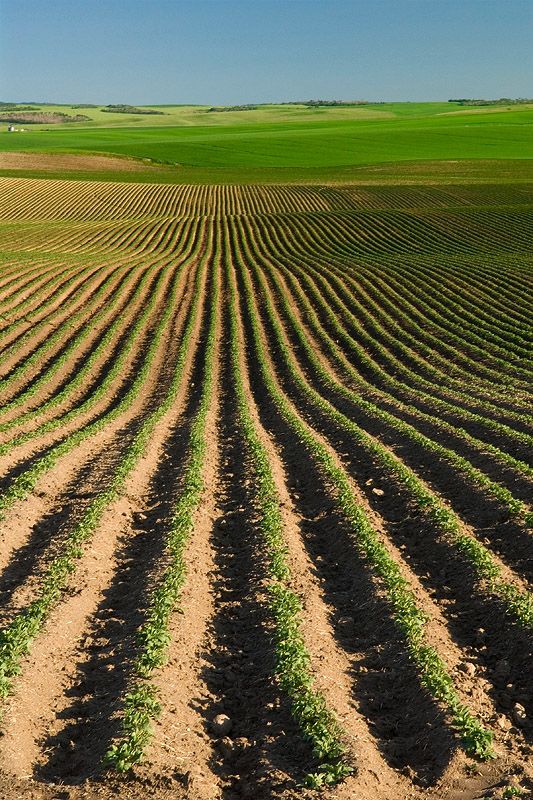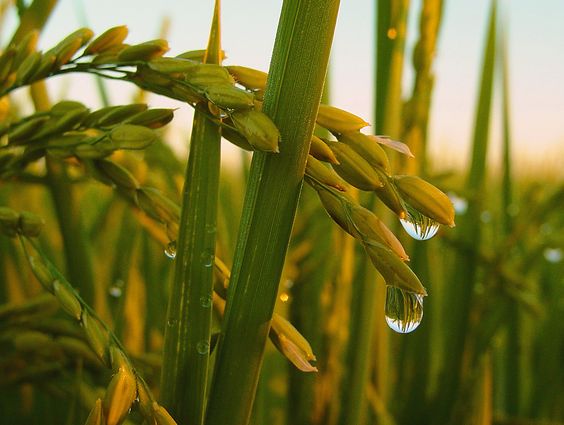Agricultural Innovation: Revolutionizing Farming with Smart Technology
Agricultural Innovation, the backbone of human civilization, is undergoing a transformative shift. The increasing global population, coupled with the challenges of climate change, resource scarcity, and food security, necessitates a radical overhaul of traditional farming practices. Enter Smart Agriculture, a paradigm that harnesses technology to optimize agricultural processes, increase yields, and ensure sustainability. This article delves into the core concepts, technologies, benefits, and challenges of Smart Agriculture, exploring its potential to revolutionize the agricultural landscape.
Smart Agriculture, also known as Digital Agriculture or Precision Agriculture, is an umbrella term encompassing a wide range of technologies and practices aimed at improving agricultural efficiency and productivity. It leverages data, analytics, and automation to make informed decisions about crop management, resource utilization, and production processes.
Contents
Core Components of Smart Agriculture
- Internet of Things (IoT): Sensors and devices collect real-time data on soil moisture, temperature, humidity, light intensity, and other environmental factors.
- Data Analytics: Advanced algorithms analyze vast amounts of data to identify patterns, trends, and actionable insights.
- Artificial Intelligence (AI): Machine learning and computer vision enable intelligent decision-making, predictive modeling, and automation.
- Robotics and Automation: Autonomous systems perform tasks such as planting, harvesting, and weeding, reducing labor costs and increasing efficiency.
- Precision Farming: Tailored agricultural practices based on specific field conditions and crop requirements.
- Drones: Unmanned aerial vehicles collect aerial images and data for crop monitoring, spraying, and mapping.
- Satellite Imagery: Provides large-scale data on crop health, soil conditions, and weather patterns.
Benefits of Smart Agriculture
The adoption of Smart Agriculture offers a multitude of advantages for farmers, consumers, and the environment:
- Increased Yield and Quality: By optimizing inputs and managing resources effectively, farmers can achieve higher crop yields and improved product quality.
- Resource Efficiency: Smart Agriculture helps conserve water, fertilizers, and pesticides, reducing environmental impact and production costs.
- Sustainable Practices: Precision farming promotes sustainable land management by minimizing soil erosion and preserving biodiversity.
- Economic Growth: Increased productivity and efficiency can lead to higher incomes for farmers and contribute to economic development.
- Food Security: By improving agricultural output and reducing waste, Smart Agriculture can help address global food shortages.
- Environmental Monitoring: Real-time data on soil, water, and air quality can help detect and mitigate environmental issues.
Objectives of Smart Agriculture
Agricultural Innovation,The overarching goal of Smart Agriculture is to create a sustainable and resilient food production system. Specific objectives include:
- Optimizing resource utilization (water, fertilizers, pesticides)
- Improving crop yield and quality
- Mitigating the impacts of climate change
- Enhancing food safety and traceability
- Empowering farmers with data-driven decision-making
- Promoting sustainable land management practices
How Smart Agriculture Works
Agricultural Innovation Smart Agriculture involves a cyclical process of data collection, analysis, decision-making, and implementation.
- Data Collection: Sensors and devices gather data on various parameters such as soil moisture, weather conditions, crop growth, and pest infestation.
- Data Analysis: Advanced analytics tools process the collected data to identify patterns, trends, and correlations.
- Decision Making: Based on the insights gained from data analysis, farmers can make informed decisions about irrigation, fertilization, pest control, and harvesting.
- Implementation: Automated systems or human operators execute the recommended actions.
- Evaluation: The outcomes of the implemented actions are monitored and evaluated to refine future decisions.
Usefulness of Smart Agriculture
Agricultural Innovation Smart Agriculture offers a wide range of applications across different agricultural sectors:
- Crop Management: Precision planting, variable rate fertilization, and irrigation scheduling.
- Livestock Management: Animal monitoring, feed optimization, and disease prevention.
- Supply Chain Management: Traceability, inventory management, and logistics optimization.
- Market Analysis: Price forecasting, demand prediction, and risk management.
Advantages of Agricultural Innovation
- Enhanced Efficiency: Automation and optimization of processes lead to increased productivity and reduced labor costs.
- Improved Decision Making: Data-driven insights enable farmers to make informed choices based on real-time information.
- Reduced Environmental Impact: Efficient resource utilization and sustainable practices minimize negative environmental effects.
- Increased Profitability: Higher yields, reduced costs, and improved product quality contribute to increased farm profitability.
- Risk Mitigation: Early detection of pests, diseases, and weather-related challenges allows for timely interventions.
Challenges and Considerations Agricultural Innovation
Agricultural Innovation,While Smart Agriculture holds immense promise, it also presents challenges that need to be addressed:
- Digital Divide: Access to technology and digital literacy among farmers can vary significantly.
- Data Privacy and Security: Protecting sensitive agricultural data is crucial.
- Infrastructure Development: Reliable internet connectivity and power supply are essential for Smart Agriculture systems.
- High Initial Investment: Implementing Smart Agriculture technologies can require significant upfront costs.
- Skill Development: Farmers and agricultural professionals need to acquire new skills to effectively utilize Smart Agriculture tools.
Climate-Smart Agriculture Practices
Agricultural Innovation Smart Agriculture technologies offer innovative solutions to address the challenges posed by climate change:
- Precision Irrigation: By monitoring soil moisture and weather conditions, farmers can optimize water usage, reducing water waste and ensuring crop resilience during droughts.
- Drought-Tolerant Crop Varieties: Data-driven breeding programs can accelerate the development of crop varieties with enhanced drought resistance.
- Early Warning Systems: Using weather forecasting and remote sensing data, farmers can be alerted to impending extreme weather events, allowing them to take protective measures.
- Carbon Sequestration: Smart Agriculture practices, such as cover cropping and reduced tillage, can help sequester carbon in the soil, mitigating climate change.
The Future of Food: A Smart and Sustainable Vision
Agricultural Innovation Smart Agriculture has the potential to transform the global food system, making it more sustainable, efficient, and resilient. By harnessing the power of technology and data, we can address the challenges of climate change, food security, and environmental degradation.As we look to the future, it is essential to continue investing in research and development, building partnerships between farmers, scientists, and policymakers, and fostering a culture of innovation. By working together, we can create a world where agriculture thrives and nourishes generations to come.
Agricultural Innovation Smart Agriculture is a transformative force that has the potential to reshape the global food system. By embracing technology and innovation, farmers can overcome the challenges of the 21st century and build a sustainable and resilient agricultural sector. While challenges remain, the benefits of Smart Agriculture are undeniable, making it a crucial component of the future of food production.




